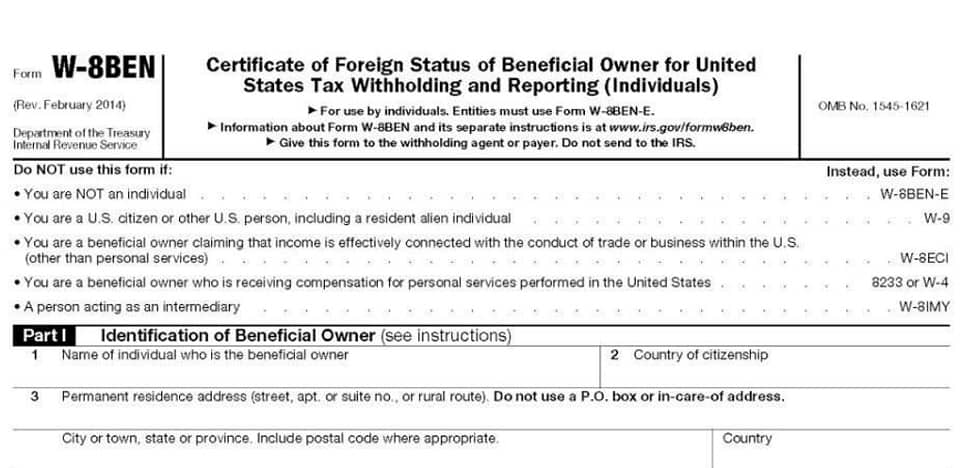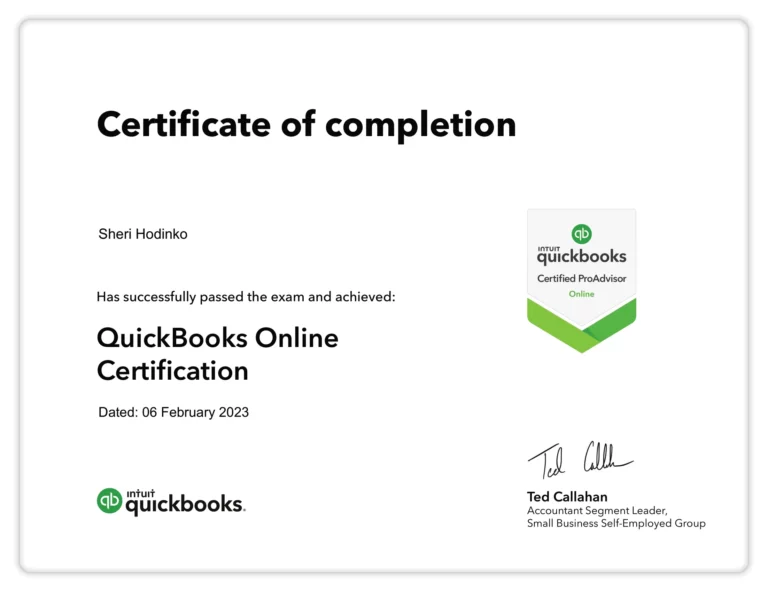
Our platform allows you to create, send, track, and e-sign sales invoices in minutes using templates or creating one from scratch. Let’s briefly elaborate, exploring each common type of credit memo used in business. This section should say how much of a credit the customer is owed, including any tax refunds. The concept of crediting an account can be confusing because a credit generally means a reduction in an asset account and the customer is actually getting an increase.
Gather Relevant Details

This can result in management actions to correct the underlying issues. There are many reasons why credit memos are issued by sellers to buyers. A credit memo is a commercial document issued by a supplier to the customer notifying the reduction of the amount that a customer owes to the seller. If it is a cash sale, it implies the amount of benefit that the supplier owes to the customer. Apart from this, the higher the credit memos issued, the lesser the actual sales.
Why do Businesses Issue Credit Memos?
The credit memo issued due to returned or damaged goods might require adjustments in the seller’s inventory levels to account for those items. This adjustment impacts the valuation and reporting of inventory on the seller’s balance sheet. Like accounting software helps to manage accounts, similarly, there is invoice software that helps to prepare and manage credit memos. An invoice is a legally binding accounting document that is issued by the seller to the customer for requesting the payments for the goods/services provided. While this is the primary purpose, it has multiple secondary purposes too, which we will discuss in this blog shortly.
- Credit memos are also known as credit memorandums or credit invoices.
- You can place a fraud alert on your credit report by contacting one of the three major credit bureaus.
- However, I need to be able to reconcile my numbers with the town and make sure that we have the same outstanding receivables for EVERY Levy year.
- A credit memo is when a seller reduces the amount owed by a buyer under a previously issued invoice.
- Whether your business is in construction, landscaping, consulting, photography, auto repair, or the medical field, invoicing takes way too long.
- Plus, we have also shared how to make an entry if you are a client in the case of the credit memo issue.
Need to Correct an Invoice? The Credit Memo Can Help
A business issues a debit memo to its customers to acknowledge additional charges, underpayments, and billing corrections that benefit the business. One of the common reasons behind issuing a credit memo is to rectify errors in the invoices. For example, there are errors in the original invoice, such as overcharging the customer, applying incorrect prices, or billing for items not received. The reason for issuing credit notes is different for every business. For instance, several times changes in price are the reason for issuing.
Companies should keep track of how much credit they are issued by their vendors and suppliers so they can accurately determine how much they owe. In some cases, a buyer’s prior invoice is partially reduced and in other cases an entire invoice is credited. In the buyer’s account, suppliers account is debited, and the purchase is credited. Name and address, a list of items, prices, quantities, and the date of purchase are other significant pieces of data found on a credit memo.

Payment and Invoice Information – What Are the Components of a Credit Memo?
A credit memo is a document the accounting department sends to a customer or vendor to inform them that the amount due on an invoice or other account balance has changed. If the buyer hasn’t paid the invoice yet, they must use the credit memo to reduce the total of the first invoice. Once the credit memo reduces the original invoice, the buyer must pay the remaining balance. Much like invoices, you can issue a credit note using your own template or with invoicing software. A credit memo may be classified as an internal credit memo, in which case no copy is sent to the buyer. This approach is typically used when the company is writing off an outstanding receivable balance.
What Is The Difference Between Credit Memo vs Credit Refund
- In this case, Company A takes responsibility, issuing a credit note specifying the damaged items’ value as a credit to Company B’s account, fostering positive relations.
- It helps record a certain transaction to maintain the financial statements.
- The seller records the credit memo as a reduction of its accounts receivable balance, while the buyer records it as a reduction in its accounts payable balance.
- A credit memo is a document that states the amount of money credited to a customer’s account for an overpayment or other adjustments, like a refund or return.
- One common reason for issuing credit memos is to rectify billing errors.
Creditors and other third parties use your credit report, which they buy from the credit bureaus, and credit scores to assess you as a potential customer. And, like our transcripts, we don’t get to control what gets reported, nor do we get to opt out of being graded. Many https://www.bookstime.com/articles/professional-bookkeeping-service aspects of our lives are tracked by organizations; where we go, what we buy, and what we search online. That said, you have a modicum of control over your credit, and the Fair Credit Reporting Act affords you certain rights that you can use to boost your credit score.
Reason for Credit – What Are the Components of a Credit Memo?
A debit memo created by a business for a buyer typically represents a negative amount from the perspective of the buyer. The issuance of a debit memo is necessary for correcting errors or adjusting accounts, it generally reflects a negative financial consequence for the recipient. A business issues a credit note to its customer in cases of returns, billing adjustments in favor of the customer. There can be instances wherein a business encounters that they have undercharged the buyer, or maybe there are some additional charges that the buyer needs to pay. In such cases, businesses can issue a debit note to the buyer, indicating the extra amount that needs to be paid by the buyer.

Credit Memo (How It Works And Why It Matters In Business)
Also consider services like Experian Boost, an optional program that allows consumers to build positive credit history through payments on everyday bills. Discrepancies and inaccuracies on your credit report aren’t unheard of. A Consumer Report survey found that 34% of consumers identified an error on one of their credit reports. While some inaccuracies are as innocuous as a typo in your name, some might hurt your credit score. Each Levy year has to be separate – so each year has it’s own sub-account under the main account.
It’s important to note that issuing a credit memo is part of standard business practice and should not be taken lightly. This helps to ensure that customers credit memo example are treated fairly and that businesses comply with applicable regulations. It can help build better customer relationships and keep a good name over time.
